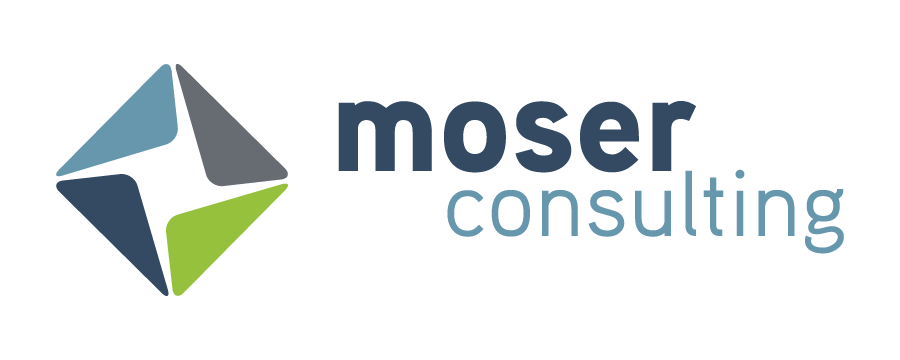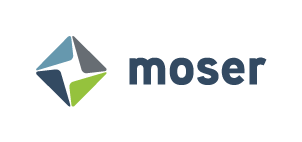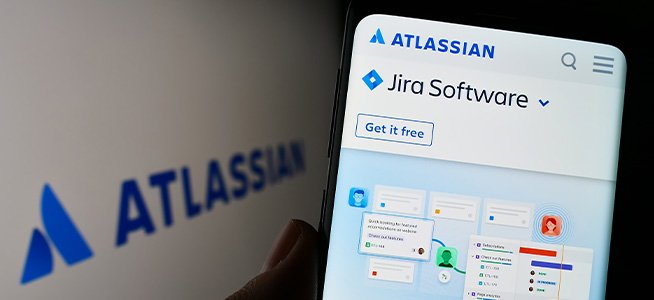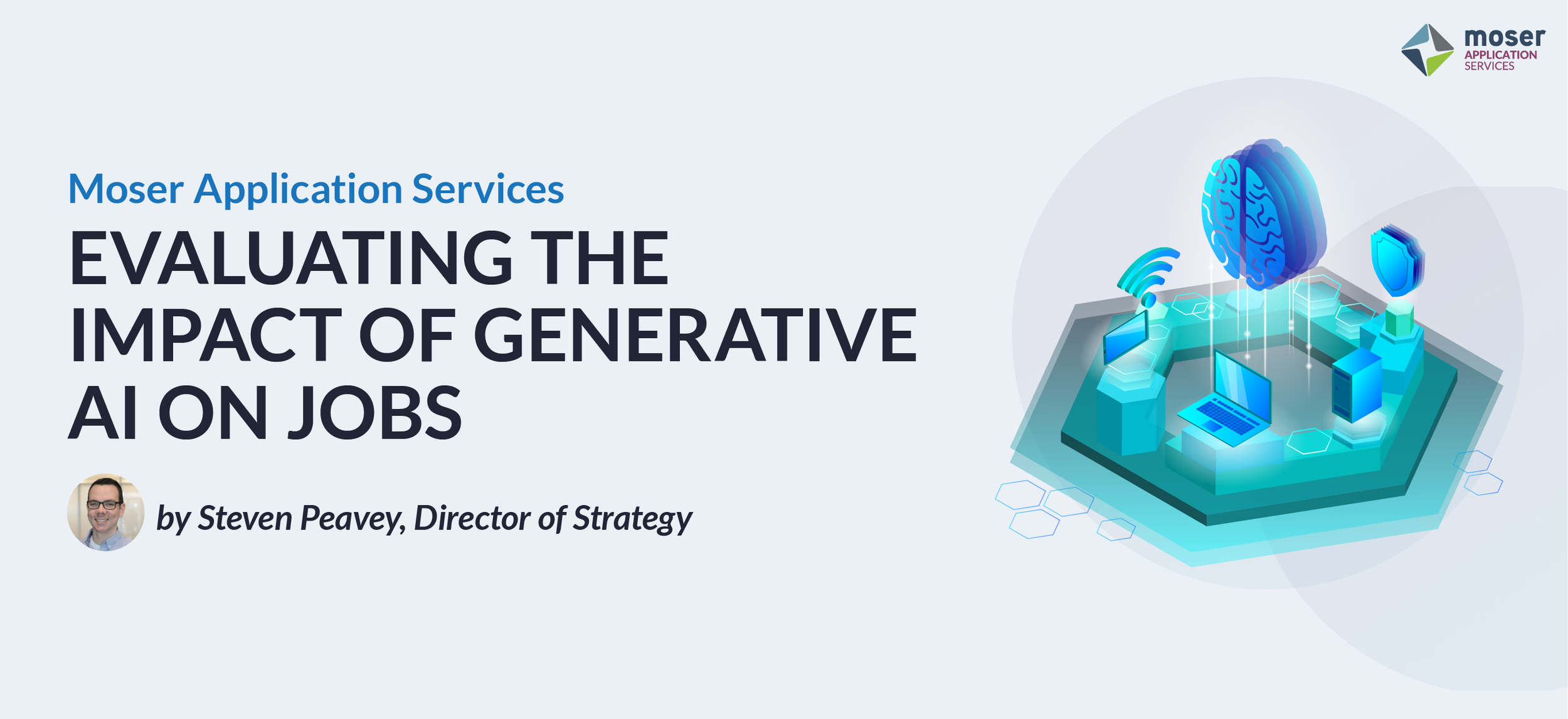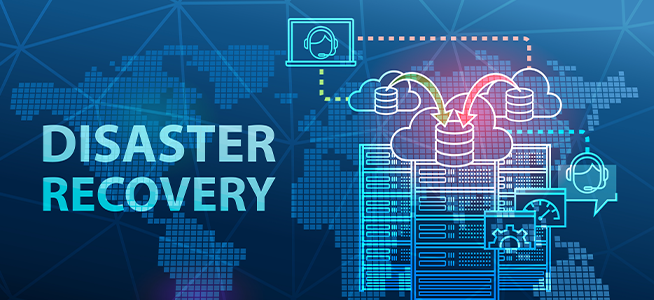
Guidance from Our Subject Matter Experts
Creating a Web App with Snowflake and Streamlit
Tutorial on how to create a web application on Streamlit using Snowflake and Python.
Snowflake: Simplifying Machine Learning
Snowflake's mission revolves around making data accessible, usable, and valuable to everyone. One of the pillars that have made Snowflake an industry leader is its unwavering commitment to being easy to use and turnkey.
Can AI take over Data and Analytics?
The realm of data and analytics has been undergoing a profound transformation in recent years, and at the core of this revolution lies Artificial Intelligence (AI). AI's ability to process massive amounts of data at unprecedented speeds and uncover valuable insights has reshaped industries and accelerated progress across the globe. In this blog post, we explore how AI is taking over data and analytics, revolutionizing the way we gather, interpret, and utilize information.
One of the primary ways AI is revolutionizing data and analytics is through its advanced data collection capabilities. Traditionally, data collection was a time-consuming and labor-intensive process, but with AI-powered tools, data can now be gathered more efficiently, accurately, and in real-time.
How to Design Mobile Dashboards in Tableau like a Pro
As data-leveraging tools grow more powerful than ever, so has our desire for quick and convenient access to insights. Tableau’s mobile layout feature allows users to quickly reference the data they need regardless of circumstance. Read along for several tips to seamlessly convert your existing Tableau dashboards to a mobile layout in a way that is digestible and powerful for your audience.
The Role of Database Administrators in Snowflake: Optimization, Cost Control, and More
The digital landscape of today presents a multitude of data handling platforms and processes, requiring diverse expertise. It's become clear that understanding the division of roles is critical, particularly the distinction between Data Engineers and Database Administrators (DBAs).
Developing a Jira App: How to Design Usability Testing
Usability testing is a crucial step in designing any product or application. For our team developing Clear Path , designing the usability tests was a very important part of the process. Since our Jira app was a new application being developed from scratch, there is even more of a need to understand the user experience and improvements that can be made based on user feedback. Before conducting the tests, designing the usability test is equally important to ensure you are receiving the information that would help make your product better.
When first designing our usability test script, there was discussion about whether to use a usability test or user acceptance test (UAT). Although these types of tests are used interchangeably, they have differences that need to be considered. Being a new app, it was a question for our team on whether to do usability testing or user acceptance testing. So, what is the difference between these two types of tests?
Big Data: What it is, How it’s Used, and Why it is Important
Technology has become a central part of modern life. With that has come the availability of Big Data. This blog will explore what Big Data is, where it comes from, how it is used, and why it is important to utilize.
APIs: What They Are and Why We Need Them Going Forward
How would a social media app know a user’s google authentication information? After all, google is a separate software and its data is stored separately from that of other applications. The answer is an Application Program Interface (API). APIs are a set of rules and protocols that allow different software programs to communicate and share data. APIs are critical to software and hardware development. In fact, the mouse and keyboard you are using to navigate this blog post are working correctly because of a well-defined API. It’s important for developers and users alike to understand how their various applications work together seamlessly.
Take Control of Your Data
In a world increasingly reliant on digital information, the ability to harness and interpret your data is a crucial aspect of maintaining a competitive edge. This is where Honeycomb Analytics comes in. We provide a comprehensive solution designed to centralize your data into a usable and reliable platform, providing analytics at your fingertips. Our system is designed to decrease the time to value for clients who need consumable data more than complex platforms and integrations. Harness the power of data analytics technology to make informed decisions quickly and modernize your business approach with a data-oriented strategy for success. New insights can be found in even the most familiar places, and these insights might be the key to your business staying ahead in today's fast-paced markets.
Developing a Jira App: Three Tips for Atlassian Forge App Development
You have two choices for building the user interface for your Forge app – the UI kit, and custom UI. The UI kit allows you to create a straightforward UI using a set of Atlassian-supplied components, put together using relatively simple code. Custom UI gives you more room to use Atlassian-supplied and third-party hooks, components and such, while also allowing you to employ more complex HTML, CSS, static resources (such as images) and source code, all of which can be hosted in Atlassian’s cloud with custom UI but not the UI kit. Both types of UI involve writing code in a React-like pattern, which makes sense in that various components available from Atlassian are based on React.
Developing a Jira App: Distributing Your Atlassian Forge App
In a prior installment of this blog [1], we discussed getting your Forge app up and running in a "Hello, World!" way on a test Atlassian instance. Now, perhaps your company has an Atlassian instance that employees use daily, and you'd like to test your Forge app in the real world by installing it on that instance. Another scenario is that you’re now ready to have customers for your app, so you need to distribute it to them.
Developing a Jira App: Getting Started with Atlassian Forge
Forge is Atlassian’s next-generation framework for building apps that integrate with Confluence, Jira, or Jira Service Management. Forge provides Web UI elements, APIs and deployment environments that enable developers to create fully-featured apps within Atlassian’s cloud infrastructure through the use of JavaScript, HTML, CSS and other Web technologies. Forge apps can be distributed via the Atlassian Marketplace as software to which any Atlassian Cloud customer can subscribe.
Developing a Jira App: Design Consistency and Team Collaboration
In today’s growing technological world, it is important to have effective project management tools for companies to achieve their development goals. Jira is a powerful project management tool that aims to streamline workflows and improve collaboration. Taking this with the variety of different business and industries Jira clients are in, there can be a desire to customize capabilities to their needs. Our team at Moser decided to create a custom tool to develop clear work paths for project management, as well as visually see the dependencies and path to completion for Jira tickets. The tool “Clear Path for Jira” started out as an idea, and then turned into a working tool that Jira users can use today.
Tuning a Snowflake Database for Improved Performance and Cost Savings
Moser Consulting was recently tasked with reducing costs and ensuring more consistent SLA compliance in a company's Snowflake environment. While Snowflake differs from traditional and other cloud databases, it is still a SQL-based database, and many of the same tuning techniques apply. However, understanding Snowflake's architecture is crucial, as it offers unique cost-saving opportunities not found in traditional databases.
Optimizing Storage Costs with Cloudflare R2 for Data Ingestion into Snowflake
Recently, I stumbled upon a blog by Felipe Hoffa that detailed using Cloudflare R2 as the data storage location for external tables in Snowflake. I had a project that required less than 5 GB of storage per month, and I wanted to avoid paying for storage if possible. Therefore, I decided to experiment with Cloudflare's free tier as my data lake. The results were nothing short of impressive.
What is Snowflake? Exploring the Database of the Year and Its Popularity
For the second year in a row, Snowflake has been named the Database of the Year by DB-Engines. Over the past couple of years, it has climbed the popularity rankings, currently sitting at #11. Snowflake is a cloud data platform designed for analytical, AI, and ML use cases. As a cloud-native solution, its architecture differs significantly from traditional databases like SQL Server, Oracle, MySQL, and PostgreSQL.
Finding the Perfect Candidate
We’ve heard it said “it’s a seller’s market”, but in these times, I believe we are in a “candidate’s market”. Candidates are looking for maximum benefits and flexibility from an employer and it’s competitive out there when searching for the great candidates. Afterall, if we find a candidate that fits, we want to keep them!
What Are the 5 Components of a Business Continuity Plan?
Discover what your business continuity plan needs to include to help prevent crises and recover from disasters quickly.
What Are Examples of Disaster Recovery?
Disasters can range from natural, physical, or technology-based emergencies. A disaster recovery plan can help you get back to business as usual.

